Katta Sai: a Palaeolithic site in the Tian Shan piedmont, Uzbekistan, Central Asia
The most recent anthropological and DNA evidence from Central Asia (Glantz et al. 2004; Krause et al. 2007, 2010; Derevianko 2010) has shown the possibility that during the Middle and Upper Palaeolithic, this region could have been inhabited by at least three different human species: Neanderthals, modern humans and Denisovans. In such a situation, the issue of the possible relations between these species arises, as well as questions about their individual strategies of adaptation to the regional climatic and environmental conditions. A number of archaeological sites have already been excavated, but the results are insufficient in the light of the most recent DNA data and the desire to answer questions about the cultural differences between human species in Central Asia. To address these issues, the project presented here aims to identify new information about Middle and Upper Palaeolithic industries.
In 2013, a large-scale fieldwork project in the western Tian Shan piedmont was initiated. The project is conducted by the University of Warsaw, the Siberian Branch of the Russian Academy of Sciences in Novosibirsk and the Uzbek Academy of Sciences.
The first open-air site to be excavated by the project—Katta Sai—was discovered in 2006. It is located approximately 100km east-south-east of Tashkent, near the town of Yangiobod (Figure 1), at an altitude of 1277m above mean sea level. It sits at the junction of two mountain gorges, one of them named Katta Sai, or Great Gorge (Figures 2 & 3).
The stratigraphic situation is complex due to the sloping location of the site. The site is partly damaged, probably due to local road construction which has partially cut the slope. Nonetheless, the site seems to consist of at least five loess horizons. All of the layers, together with a horizon containing Palaeolithic stone artefacts, show a distinctive inclination downslope (Figure 3). A dozen loess samples covering the whole cross-section have been collected and will be subject to extensive laboratory analyses. In the upper layer, pottery sherds and burnt clay were found; these can be attributed to the Andronovska culture of the Early Bronze Age.
Approximately 1.0–1.5m below the modern ground surface, a dense concentration of stone artefacts was located within a single horizon. Among these artefacts are a number which can be completely refitted (Figure 4). The sloping stratigraphy, as well as the inclination of the artefact horizon, might suggest that post-depositional processes have relocated the artefacts. On the other hand, the presence of refitted pieces, and the lack of post-depositional damage to the artefacts’ edges, indicates that any redeposition was not significant.
In the 2013 season, 426 stone artefacts were found, consisting mainly of debitage from all manufacturing stages, starting with decortication flaking. Complete retouched tools are very scarce (just three pieces) and made exclusively from irregular, technological flakes. The variety of manufacturing processes was restricted by the use of rounded pebbles from the nearby river valley.
On the basis of preliminary analyses, we conclude that we are dealing with a predetermined flake technology intended to obtain thin flakes or blades of trapezoidal cross-section. Before obtaining a blank, the sides of the striking surfaces were narrowed by deriving elongated blades or flakes along the borders of a core. The characteristic feature of these blanks is a presence of chapeaux de gendarme butts (Figure 5). Cores are characterised by a strict separation of the striking platform from the flat or slightly convex striking surface (Figure 6).
What distinguishes the knapping style applied in Katta Sai from Levallois technology is the lack of faceting on the striking platforms. These platforms were prepared by broad removals, and in most cases were not rejuvenated during the use of the core. Lack of faceting on striking platforms can be connected with the use of poorly silicified stone, which did not permit repeated and precise removal of material. Summing up, the technological evidence suggests that the Katta Sai assemblage should be preliminarily described as Middle Palaeolithic but, nonetheless, quite distinct from any other known Central Asian stone assemblages.
As well as stone artefacts, mollusc shells were also recovered, giving the future opportunity of obtaining AMS dates. In the coming season, OSL dating is also planned in order to establish a secure chronology.
In addition to excavation at the Katta Sai site, intensive survey of the surrounding region was also conducted. As a result, a number of new surface artefact findspots were located. One of these was subjected to further investigation. Test trenches were opened on the upper terrace providing exclusively Bronze Age pottery, while trenches located on the lower terrace—in a similar situation to Katta Sai—yielded a single, undiagnostic flake.
In future seasons, we plan both to continue the fieldwork at the Katta Sai site and to extend the survey to include the Kazakh Tian Shan piedmont region.
Acknowledgements
The project was financed by NCN (2011/03/B/HS3/00473).
Authors
- Małgorzata Kot
Faculty of ‘Artes Liberales’, University of Warsaw, ul. Nowy Świat 69, 00-046 Warsaw, Poland (Email: m.kot@al.uw.edu.pl) - Konstantin Pavlenok
Institute of Archaeology and Ethnography, Siberian Branch of the Russian Academy of Sciences, Ac. Lavrentieva ave. 17, 630090, Novosibirsk, Russia (Email: pavlenok-k@yandex.ru) - Аlisher Radzhabov
Archaeological Institute of the Uzbek Academy of Sciences, Abdullaev st. 3, 703051, Samarkand, Uzbekistan - Svetlana Sneider
Institute of Archaeology and Ethnography, Siberian Branch of the Russian Academy of Sciences, Ac. Lavrentieva ave. 17, 630090, Novosibirsk, Russia (Email: sveta.shnayder@gmail.com) - Karol Szymczak
Institute of Archaeology, University of Warsaw, ul. Krakowskie Przedmieście 26/28, 00-927 Warsaw, Poland (Email: karolszymczak@op.pl)

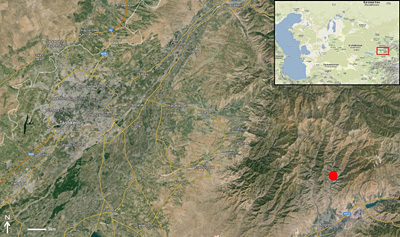
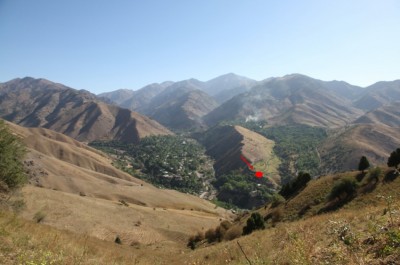

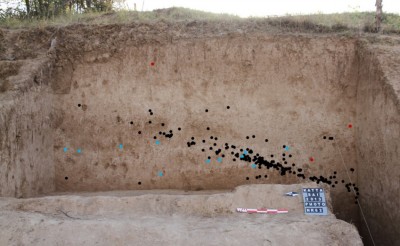
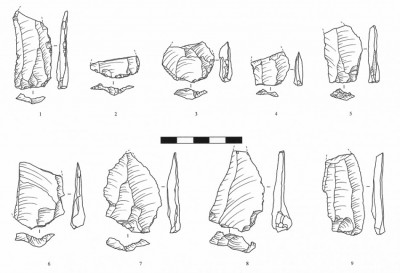
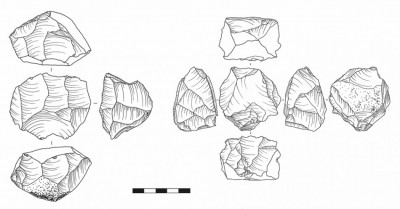
 Cite this article
Cite this article